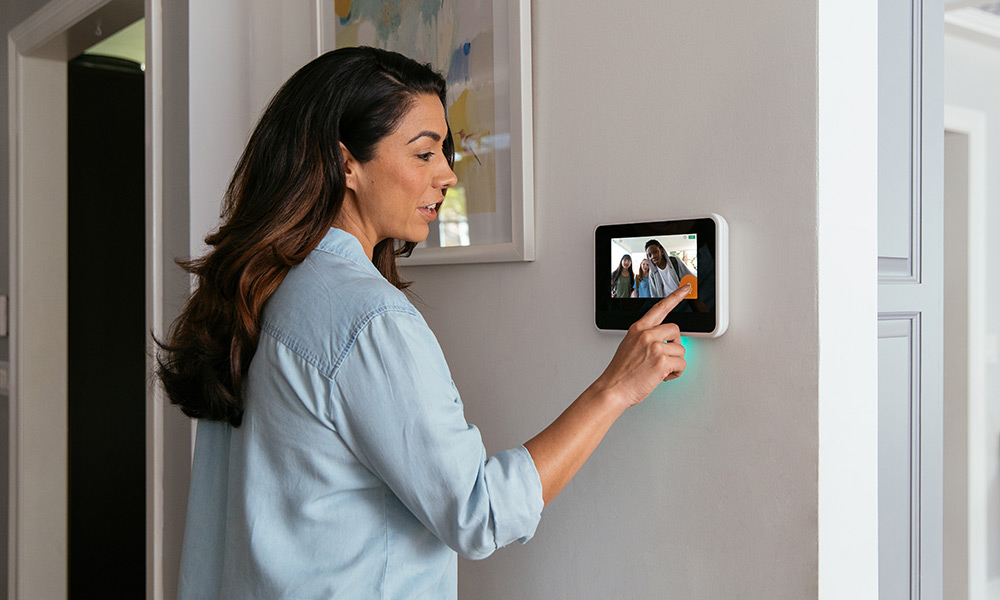Although the majority of American households have at least one smart device in them, there are plenty of consumers who remain skeptical of the whole home automation paradigm. There are multiple reasons, among them being the belief that home automation is too complicated. Perhaps it is for some people. But the good news is that consumers can make their homes as smart as they want them to be.
For the record, a device doesn’t have to be part of a home automation system to be considered smart. Take a refrigerator that’s able to monitor its own systems and automatically send a message to its manufacturer when it needs service. That’s a smart device.
How many of us have smart TVs? We have smart speakers, smart coffee makers, and smart navigation systems built into our cars. Smart technology is all around us. Home automation simply takes that technology and puts it to use to automate mundane tasks.
Automated Lighting Is Simple
Perhaps you are among those consumers convinced that home automation is too complicated. Give me an opportunity to change your mind by introducing you to automated lighting. Automated lighting represents one of the simplest iterations of smart home automation.
If you have a floor lamp plugged into a standard wall socket, you can automate it with very little effort. All you need is a smart plug. The smart plug goes into the wall socket and the lamp connects to the smart plug.
If you can use a smartphone, you should be fine. Just buy a smart plug that comes with a companion mobile app. Download and install the app, run it, and follow the step-by-step directions. Your plug will be connected to your phone in less than a minute. In about two minutes, you can use the app to program the lamp to go on and off at certain times of the day.
Plugs, Switches, and Bulbs
I cut my home automation teeth in lighting. And in fact, I started with a simple 2-outlet smart clog. I had it up and running in a couple of minutes. I was seriously surprised by how simple it was. From there, I investigated smart light switches and bulbs.
I decided against the bulbs for reasons I won’t get into here. So, to automate the rest of my lighting, I purchased a selection of wall switches and plugs. They were just as easy to set up as the plug I started with.
I also decided to build my smart home system from scratch using an old laptop and the Home Assistant platform. It was easy enough. Believe it or not, it would have been even easier had I gone with a commercial brand like Vivint Home Security. If you lack technical skills, a brand like Vivint would be ideal for you.
Adding to the System
If I had installed smart lighting and been satisfied with it, I could have stopped and gone no further. I know people who have done that. But I want to add more devices. So now I’m working on video cameras. When I get those installed, I will move on to smart locks, a smart thermostat, and other devices that appeal to me.
I have the freedom to make my smart home extremely smart. But my neighbor can choose to keep things simple. That’s the beauty of home automation. You can choose your own level of complexity as you see fit. If you like simple, keep it simple. If you like all the bells and whistles, go for it.

